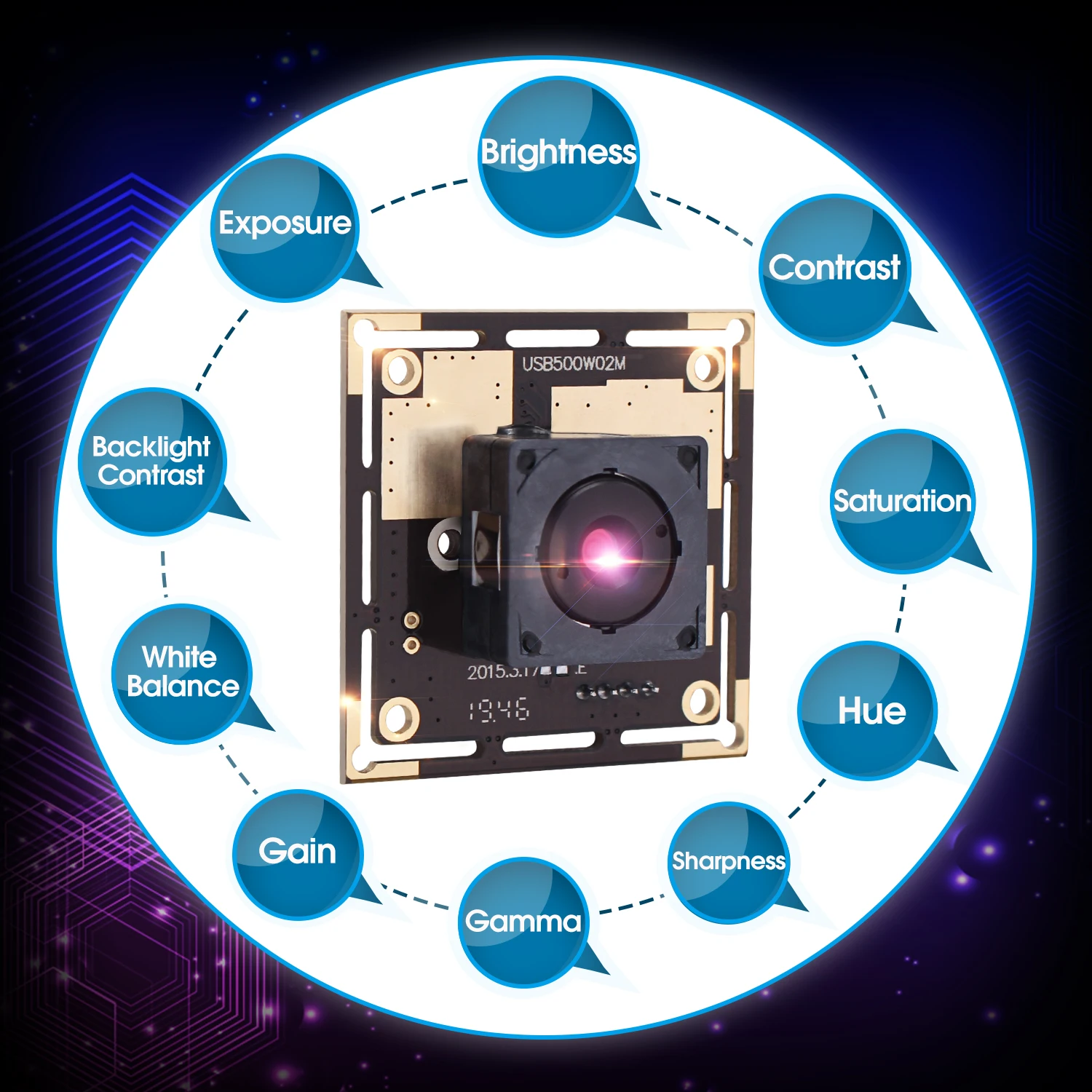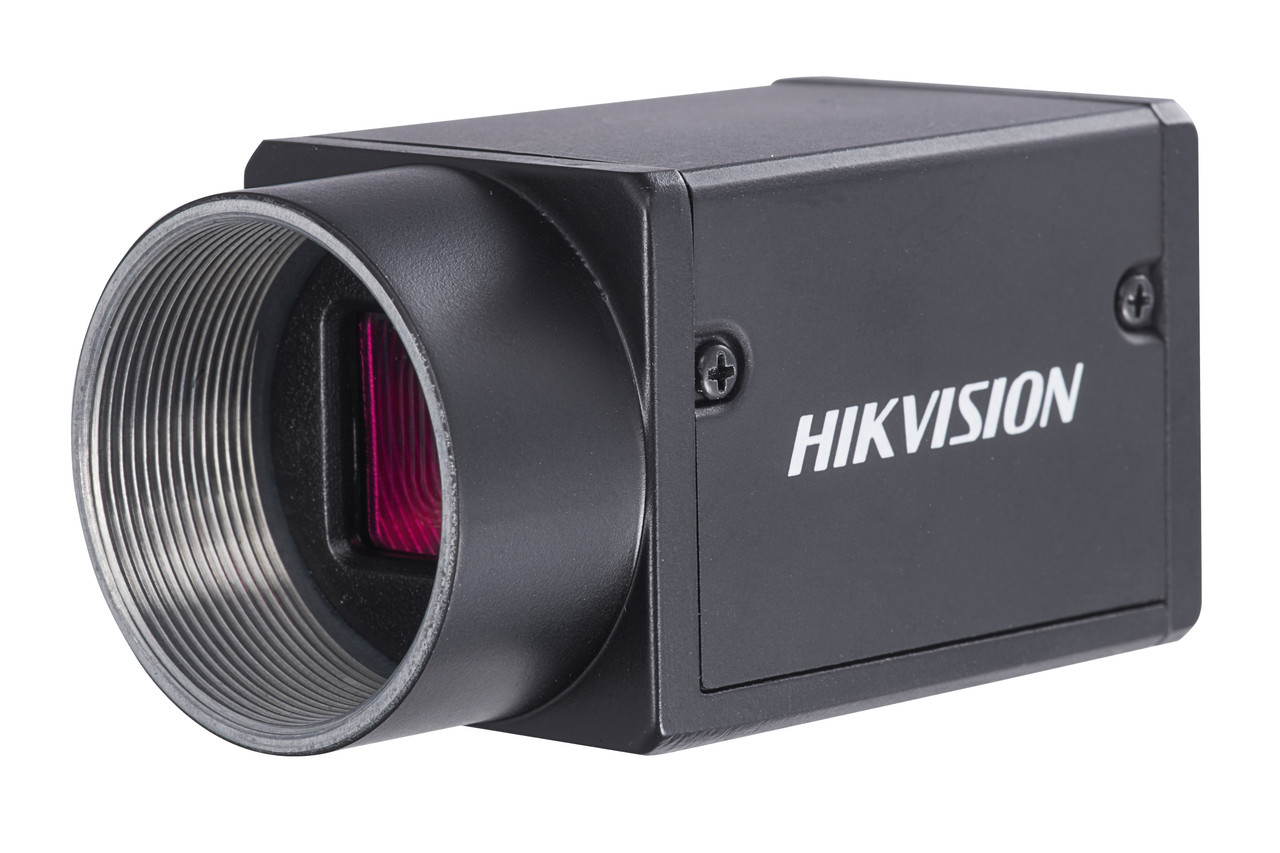

In the development of these cameras, numerous analog, broadcast, and digital interfaces are also available, many being targeted toward specific markets. After interpolation is performed, images are either transformed in the camera into different color spaces or transmission standards or stored in the host computer in RGB format.
GAMMA COLOR MACHINE VISION SOFTWARE
While many camera vendors simply state that Bayer interpolation is performed in either their camera’s FPGA or in software on the host computer, they do not usually specify whether nearest-neighbor-replication, bilinear, or smooth-hue-transition interpolation methods are used, making it more difficult for system integrators to determine the quality of the transformed image (see “Cameras use Bayer filters to attain true color,” Vision Systems Design, September 2004). To obtain RGB values for each individual pixel on a color imager, however, Bayer interpolation techniques must first be performed.Ī number of different Bayer interpolation algorithms can be used that vary in complexity, processing power, and the quality of the final image that is achieved. Perhaps the most common is the RGB model. They are often used in a variety of applications, depending on the complexity of the color analysis to be performed. To determine any specific relative color value, several color models exist. Only the relative differences of different colors are required to be computed since they will determine whether a product is close to its original specification, and thus whether it is good or bad or can be sorted. However, in performing functions such as color verification, sorting, and inspection, an exact reproduction of an image as seen by the human eye is not important. To closely approximate the spectral sensitivity of the human eye, a CCD such as Sony’s 640 × 480-pixel ICX098BQ RGB color imager exhibits peak BGR wavelengths of 450, 550, and 625 nm respectively Click here to enlarge image Because of this, any color camera used in a color machine-vision system only approximates the images and color perceived by the human eye.įIGURE 1. If the human eye were a digital camera, for example, it would capture 324 Mpixels per frame and resolve images approximately 10 in. Furthermore, since an electronic rather than biological process is used to translate photons into electrons, the spectral sensitivity and resolution of CCDs and CMOS imagers can also only approximate that of the human eye (see Fig. Unlike the human eye, however, these filters only provide an approximation of spectral response, sensitivity, and resolution.įor example, Sony’s 640 × 480-pixel ICX098BQ RGB color imager used by all color FireWire cameras from The Imaging Source exhibits peak BGR wavelengths of 450, 550, and 625 nm, respectively. This results in a pattern where 50% of the pixels are green, 25% red, and 25% blue. Today, for example, most RGB color cameras use CCDs or CMOS imagers that incorporate a Bayer filter that attempts to copy the spectral response and sensitivity of the human eye. In developing color cameras for machine-vision systems, many companies use similar concepts to digitize color images. These three cones are individually sensitive to blue (B), green (G), and red (R) wavelengths that peak at approximately 440, 540, and 580 nm, respectively. In the human visual system, color perception is accomplished by three kinds of photoreceptors in the retina known as cones. While initially one might imagine that the task of building a color machine-vision system to perform these tasks is easy, the varieties of cameras, color models, and algorithms available are abundant, making choosing individual products more complex.

To verify whether a particular part is of the correct color, to sort different products based on their color, or to inspect a part based on its color, system integrators can use several different technologies and products. Different sensors, color models, and algorithms offer developers multiple ways to implement machine-vision systemsĬolor verification, sorting, and inspection are three important applications for today’s machine-vision systems.


 0 kommentar(er)
0 kommentar(er)
